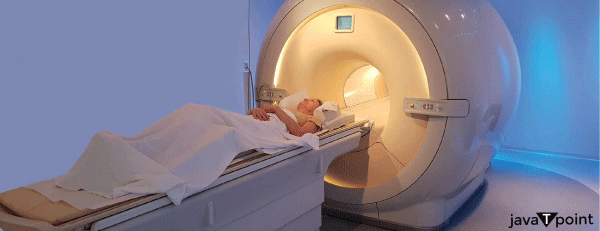Brain Haemorrhage Treatment
Brain bleeding, often referred to as a cerebral haemorrhage or brain bleed, can reduce the amount of oxygen that gets to the brain, raise intracranial pressure, and kill brain cells. If you are experiencing signs of a brain bleed, it is critical that you seek care as soon as possible.
Brain Haemorrhage Symptoms

Symptoms of a brain bleed may include: -
- Severe Headaches
- Weakness or numbness in the arms or legs (typically on one side)
- Nausea or vomiting
- Vision changes
- Balance changes
- Difficulties speaking or interpreting speech
- Difficulties with fine motor skills
- Seizures
- Loss of awareness
If you have symptoms of a brain haemorrhage, contact to the doctor for the checkup.
Brain Haemorrhage Causes
Some of the causes of brain haemorrhage are-
- Brain bleeds can be caused by hereditary or other health issues, as well as by an accident.
- Brain tumours
- Cardiovascular disorders can also be a cause of brain haemorrhage
- Hypertension (high blood pressure) with head injuries
- A stroke
Diagnosis of a Brain Haemorrhage
As with any health condition, it's critical to consult with doctor on a frequent basis to discuss lifestyle and genetic factors that may raise risk of suffering a brain bleed. Doctor will initially ask about the brain bleed symptoms in order to get a brain haemorrhage diagnosis. After that, they'll start looking for the bleeding's origin. To accomplish this, the doctor may recommend a CT scan, an MRI, or one of the following tests:
- Angiogram: An angiography is performed by placing a catheter into an artery and threading it through the circulatory system all the way to the brain. Following that, a dye is administered through the catheter. This dye makes blood flow visible on X-rays.
- Computed Tomography Angiography (CTA): A dye is directly injected into the bloodstream during a CTA test. During a CT scan, this dye makes the arteries in your brain apparent.
- Cerebrospinal fluid examination: The presence of blood in this fluid could indicate haemorrhage.
- A lumbar puncture: A lumbar puncture, also referred to as a spinal tap, is an additional technique for identifying a brain haemorrhage.
Treatment Options for Brain Haemorrhage
Treatment for a brain bleed is determined by the grade or level of the haemorrhage, its location in the brain, and the amount of swelling caused by this in the brain. Following the discovery of the source of the bleeding by your doctor, haemorrhage therapies may include:
- Brain Path surgery: With this technique, surgeon can remove a tumour or a blood clot through a dime-sized conduit, or port. In comparison to traditional open surgery, it usually has fewer side effects, a faster recovery, and less scarring.
- Surgery: Traditional surgery may be required in some circumstances to drain blood from the brain or to repair damaged blood arteries.
- Draining the fluid surrounding the brain: This allows the hematoma to grow without injuring brain cells.
- Medication: Medication is used to treat conditions such as migraines, seizures, and high blood pressure.
- Catheter: A lengthy, skinny tube that is inserted into blood veins and directed to the injured location.
- Occupational, physical, and speech therapy: These brain bleed remedies can help people regain brain functions (including speech) that have been affected by brain bleed.
Can People Recover from Brain Haemorrhages, and What are the Risks?
A few patients make a full recovery. Stroke, loss of brain function, convulsions, adverse pharmacological or therapy effects are only a few examples of complications. How well a patient recovers from a brain haemorrhage depends on the size of the bleed and the level of oedema.
Is It Possible to Prevent Brain Haemorrhages?
Because most brain haemorrhages are linked to certain risk factors, people can reduce chances by doing the following:
- Management of high blood pressure. According to studies, 80% of patients with cerebral haemorrhage have a history of high blood pressure. The most important thing you can do is control yours through food, exercise, and medicine.
- Quit smoking.
- Avoid using drugs. Cocaine, for example, can raise the risk of brain haemorrhage.
- Drive carefully.
- Always wear a helmet when riding a motorcycle, bicycle, or skateboard.
- Consider having corrective surgery at right time.
- If you have aneurysms or other anomalies, surgery may help avoid future bleeding.
- Warfarin (Coumadin) should be used with caution. If you take this blood thinner, check in with your doctor on a frequent basis to ensure that your blood levels are within the normal range.
|

 For Videos Join Our Youtube Channel: Join Now
For Videos Join Our Youtube Channel: Join Now









